Juan Carrillo
UrbanNet: Leveraging Urban Maps for Long Range 3D Object Detection
Oct 11, 2021



Abstract:Relying on monocular image data for precise 3D object detection remains an open problem, whose solution has broad implications for cost-sensitive applications such as traffic monitoring. We present UrbanNet, a modular architecture for long range monocular 3D object detection with static cameras. Our proposed system combines commonly available urban maps along with a mature 2D object detector and an efficient 3D object descriptor to accomplish accurate detection at long range even when objects are rotated along any of their three axes. We evaluate UrbanNet on a novel challenging synthetic dataset and highlight the advantages of its design for traffic detection in roads with changing slope, where the flat ground approximation does not hold. Data and code are available at https://github.com/TRAILab/UrbanNet
Design of Efficient Deep Learning models for Determining Road Surface Condition from Roadside Camera Images and Weather Data
Sep 22, 2020
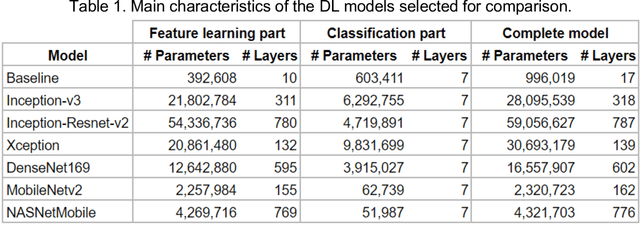
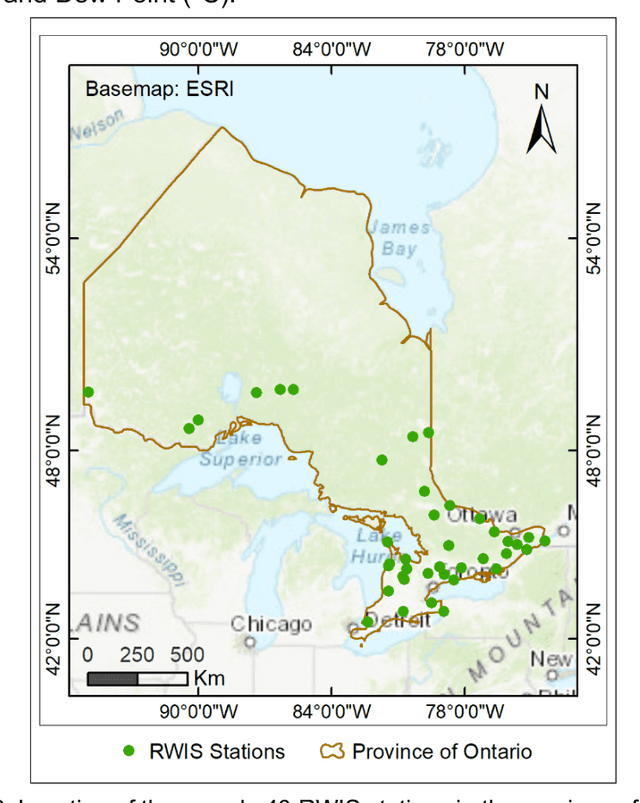
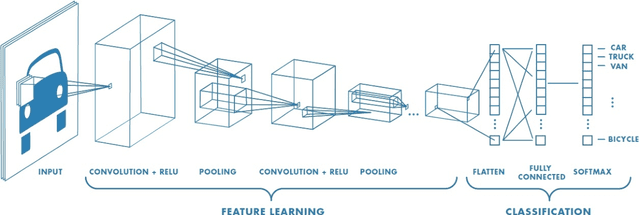
Abstract:Road maintenance during the Winter season is a safety critical and resource demanding operation. One of its key activities is determining road surface condition (RSC) in order to prioritize roads and allocate cleaning efforts such as plowing or salting. Two conventional approaches for determining RSC are: visual examination of roadside camera images by trained personnel and patrolling the roads to perform on-site inspections. However, with more than 500 cameras collecting images across Ontario, visual examination becomes a resource-intensive activity, difficult to scale especially during periods of snowstorms. This paper presents the results of a study focused on improving the efficiency of road maintenance operations. We use multiple Deep Learning models to automatically determine RSC from roadside camera images and weather variables, extending previous research where similar methods have been used to deal with the problem. The dataset we use was collected during the 2017-2018 Winter season from 40 stations connected to the Ontario Road Weather Information System (RWIS), it includes 14.000 labeled images and 70.000 weather measurements. We train and evaluate the performance of seven state-of-the-art models from the Computer Vision literature, including the recent DenseNet, NASNet, and MobileNet. Moreover, by following systematic ablation experiments we adapt previously published Deep Learning models and reduce their number of parameters to about ~1.3% compared to their original parameter count, and by integrating observations from weather variables the models are able to better ascertain RSC under poor visibility conditions.
* Source code for experiments is available at https://github.com/jmcarrillog/deep-learning-for-road-surface-condition
Semantic Workflows and Machine Learning for the Assessment of Carbon Storage by Urban Trees
Sep 22, 2020
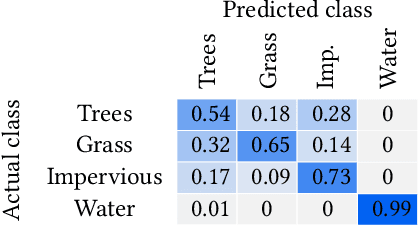
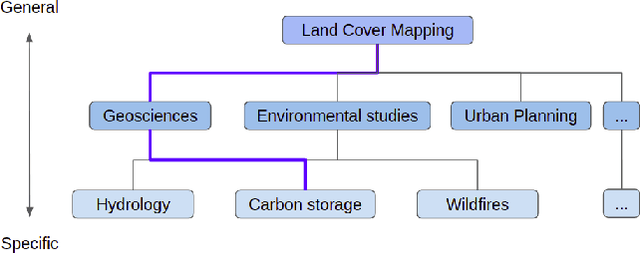
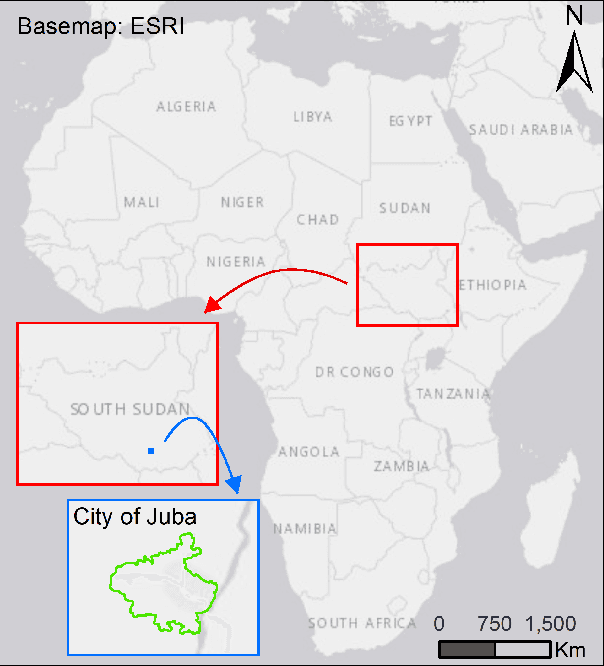
Abstract:Climate science is critical for understanding both the causes and consequences of changes in global temperatures and has become imperative for decisive policy-making. However, climate science studies commonly require addressing complex interoperability issues between data, software, and experimental approaches from multiple fields. Scientific workflow systems provide unparalleled advantages to address these issues, including reproducibility of experiments, provenance capture, software reusability and knowledge sharing. In this paper, we introduce a novel workflow with a series of connected components to perform spatial data preparation, classification of satellite imagery with machine learning algorithms, and assessment of carbon stored by urban trees. To the best of our knowledge, this is the first study that estimates carbon storage for a region in Africa following the guidelines from the Intergovernmental Panel on Climate Change (IPCC).
* Previously published as part of the SciKnow 2019 Workshop, November 19th, 2019. Los Angeles, California, USA. Collocated with the tenth International Conference on Knowledge Capture (K-CAP)
CapsNet comparative performance evaluation for image classification
May 28, 2018



Abstract:Image classification has become one of the main tasks in the field of computer vision technologies. In this context, a recent algorithm called CapsNet that implements an approach based on activity vectors and dynamic routing between capsules may overcome some of the limitations of the current state of the art artificial neural networks (ANN) classifiers, such as convolutional neural networks (CNN). In this paper, we evaluated the performance of the CapsNet algorithm in comparison with three well-known classifiers (Fisher-faces, LeNet, and ResNet). We tested the classification accuracy on four datasets with a different number of instances and classes, including images of faces, traffic signs, and everyday objects. The evaluation results show that even for simple architectures, training the CapsNet algorithm requires significant computational resources and its classification performance falls below the average accuracy values of the other three classifiers. However, we argue that CapsNet seems to be a promising new technique for image classification, and further experiments using more robust computation resources and re-fined CapsNet architectures may produce better outcomes.
 Add to Chrome
Add to Chrome Add to Firefox
Add to Firefox Add to Edge
Add to Edge